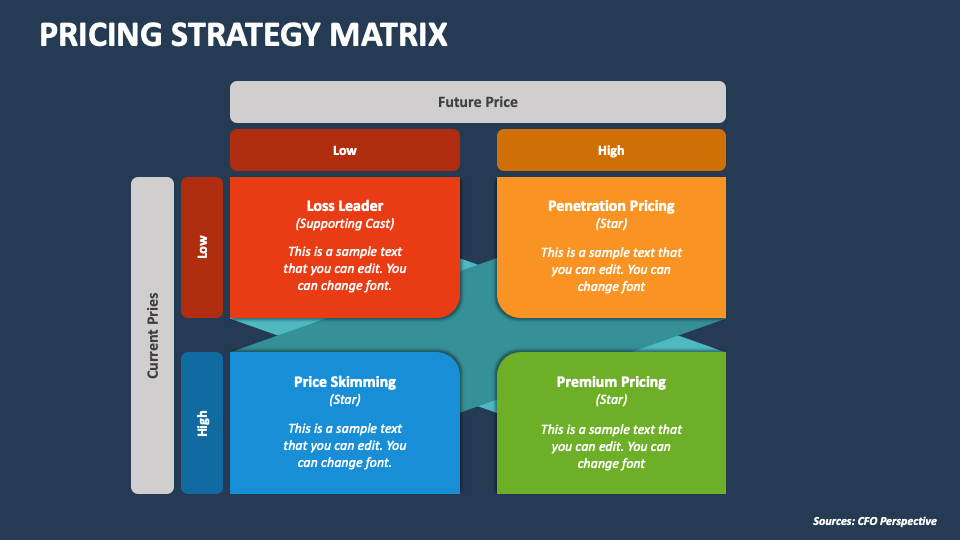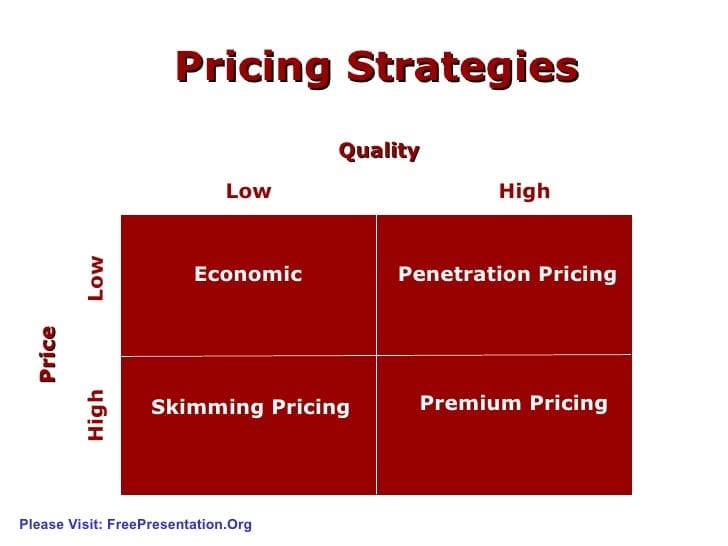The Duty of Emotional Pricing in Enhancing Your Pricing Strategy
The Duty of Emotional Pricing in Enhancing Your Pricing Strategy
Blog Article

Master Effective Rates Techniques to Make Best Use Of Revenue
In the ever-evolving landscape of commerce, mastering efficient prices techniques is vital for services intending to take full advantage of revenue. A nuanced understanding of rates psychology can considerably affect customer behavior and buying choices.
Comprehending Prices Psychology
Comprehending rates psychology is essential for companies aiming to maximize their pricing approaches. This area checks out exactly how customers perceive prices and exactly how these understandings influence their investing in decisions. Trick concepts in rates psychology include the anchoring effect, where the preliminary rate offered functions as a recommendation point for customers, and the concept of cost level of sensitivity, which differs amongst different client sections.
Additionally, services can take advantage of the idea of perceived worth, where the perceived advantages of a service or product can warrant a higher price point. As an example, costs rates can produce a mood of exclusivity, drawing in customers that link greater costs with superior top quality. On the various other hand, emotional rates, such as establishing a price at $9.99 rather of $10, can significantly impact customer actions by making rates appear much more eye-catching.
Furthermore, shortage and urgency can improve the perceived worth of items, triggering quicker getting choices. Comprehending these psychological triggers enables companies to create pricing techniques that not only drive sales however additionally foster consumer commitment. Therefore, grasping prices psychology is necessary for efficient pricing strategy solution, causing enhanced profitability and market positioning.
Carrying Out Value-Based Rates

First, conduct complete marketing research to recognize the worth drivers for your target market. This can consist of features, top quality, brand name credibility, and consumer service. Next off, section your customers based upon their willingness to pay and the value they view. By doing so, you can tailor offerings and prices methods to align with various sections.
After gathering understandings, set rates that show the optimum amount a customer is prepared to pay, guaranteeing that they regard a fair exchange for the worth got. Communicate the value recommendation properly, highlighting the benefits and differentiators of your offering. Finally, continuously keep an eye on market conditions and client comments to refine your pricing approach in time - Pricing Strategy. By implementing value-based pricing, organizations can enhance earnings while promoting lasting consumer commitment.
Discovering Dynamic Prices Models
In today's swiftly transforming market landscape, vibrant prices models have actually arised as an effective method for businesses looking for to maximize income and reply to changes popular. These models allow companies to adjust their costs in real-time based on different aspects such as customer behavior, market trends, and inventory degrees. By leveraging data analytics and algorithms, organizations can determine optimum pricing points that make best use of sales while remaining affordable.
Dynamic pricing can take different types, including time-based prices, where costs vary based upon time of day or season, and demand-based rates, which readjusts rates according to present consumer demand. This flexibility not just enhances productivity but also improves consumer fulfillment by providing rates that show real-time market conditions.
Applying dynamic rates requires a durable technological framework and a deep understanding of client sectors. It is important for organizations to keep track of market signals and customer reactions constantly, guaranteeing that pricing techniques straighten with more comprehensive organization purposes. Transparent interaction regarding prices adjustments can help mitigate client frustration and foster depend on, inevitably leading to sustained productivity in a competitive industry. Embracing dynamic rates can thus be a transformative technique in the mission for making best use of profits.
Studying Rival Rates
Keeping track of rival pricing is important for services aiming to keep an one-upmanship in their corresponding markets. By analyzing competitors' rates approaches, companies can recognize market patterns, comprehend customer choices, and additional info adjust their pricing appropriately. This analysis entails event information on rivals' costs, promotional strategies, and item offerings to notify rates choices.
To efficiently analyze rival rates, organizations need to utilize different tools and techniques, such as price tracking software, market study records, and consumer comments. This data can disclose exactly how rivals position their items and solutions, allowing organizations to distinguish their offerings or embrace similar strategies to stay pertinent.
Additionally, it is essential to classify rivals right into indirect and direct rivals. Direct competitors provide comparable service or products, while indirect competitors may meet the same consumer demand with different solutions. Understanding the subtleties between these teams will allow businesses to tailor their pricing methods more effectively.
Eventually, ongoing rival pricing evaluation is important for making educated pricing decisions. It permits companies to continue to be nimble in action to market changes, ensuring they can seize opportunities and minimize dangers connected with rates techniques.
Examining Prices Performance
Understanding exactly how competitor prices affects market characteristics brings about a natural focus on assessing prices performance within one's own organization. This examination is crucial for recognizing areas of strength and possibilities for enhancement, eventually improving productivity.

Additionally, performing regular prices audits can expose discrepancies between expected and actual performance. This involves comparing prices data throughout different sectors and channels to recognize variations and recognize fads. Incorporating consumer feedback can give insights into regarded value versus actual prices, ensuring placement with market assumptions.
Finally, leveraging information analytics tools can assist in much deeper understandings right into prices performance, making it possible for services to make data-driven adjustments (Pricing Strategy). By continuously examining pricing performance, organizations can adjust to market adjustments and maximize their methods, making sure sustained earnings in an affordable landscape
Conclusion
By leveraging pricing psychology, companies can improve perceived value and dressmaker pricing to varied customer segments. The fostering of value-based and dynamic rates designs assists in real-time changes based on demand and client readiness to pay.
Recognizing prices psychology is vital for businesses aiming to optimize their prices approaches. Comprehending these psychological triggers makes it possible for services to formulate prices methods that not only drive sales but additionally foster consumer commitment. Thus, grasping prices psychology is important for reliable rates approach formulation, leading to improved earnings and market positioning.
By evaluating competitors' prices techniques, business can recognize market patterns, recognize customer choices, and readjust their pricing accordingly. By leveraging pricing psychology, services can enhance viewed worth and dressmaker pricing to official website varied consumer sections.
Report this page